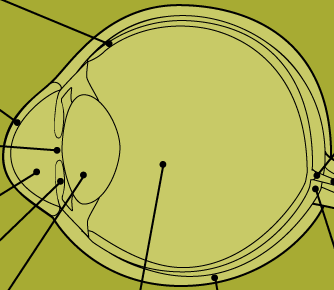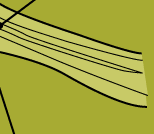|
|

|
|
|||||||||||||||||
|
|
|
|
|
|
|||||||||||||||

|
|
|
|
||||||||||||||||

|
|
||||||||||||||||||
|
|
|
||||||||||||||||||

|
|
|
|
||||||||||||||||

|
|
|
|
||||||||||||||||
|
|
|
||||||||||||||||||
|
|
|
||||||||||||||||||
|
|
|
|
|||||||||||||||||
|
|
|
|
|||||||||||||||||
|
|
|
||||||||||||||||||

|

|
|
|
||||||||||||||||
|
|
|
||||||||||||||||||

|
|
|
|||||||||||||||||
|
|

|

|

|

|

|
|
|
||||||||||||
|
|
|
|
|||||||||||||||||
|
|
|
|
|
|
|
|
|
|
|
|
|
|
|
|
|
|
|
|
|
|
|
||||||||||||||||||||||||||||||||||||||||||||||||||||||||||||||||||||||||||||||||||||||||||||||||||||||||||||||||||||||||||||||||||||||||||||||||||||||||||||||||||||||
|
||||||||||||||||||||||||||||||||||||||||||||||||||||||||||||||||||||||||||||||||||||||||||||||||||||||||||||||||||||||||||||||||||||||||||||||||||||||||||||||||||||||
|
|
||||||||||||||||||||||||||||||||||||||||||||||||||||||||||||||||||||||||||||||||||||||||||||||||||||||||||||||||||||||||||||||||||||||||||||||||||||||||||||||||||||||
| © Exploratorium | The museum of science, art and human perception | ||||||||||||||||||||||||||||||||||||||||||||||||||||||||||||||||||||||||||||||||||||||||||||||||||||||||||||||||||||||||||||||||||||||||||||||||||||||||||||||||||||||
| One kind of light-sensitive cell in the retina. Cones give you color vision in bright light. |
| One kind of light-sensitive cell in the retina. Rods respond in dim light. |
| The place where the optic nerve leaves the retina. Each eye has a blind spot where there are no light-sensitive cells. |
| The bundle of nerve fibers that carry information from the retina to the brain. |
| The colorful, shiny material located behind the retina. Found in animals with good night vision, the tapetum reflects light back through the retina. |
| The thick, tough, white outer covering of the eyeball. |
| The thick, clear jelly that helps give the eyeball its shape. |
| A clear, flexible structure that makes an image on the eye’s retina. The lens is flexible so that it can change shape, focusing on objects that are close up and objects that are far away. |
| A muscle that controls how much light enters the eye. It is suspended between the cornea and the lens. A cow’s iris is brown. Human irises come in many colors, including brown, blue, green, and gray. |
| A clear fluid that helps the cornea keep its rounded shape. |
| The pupil is the dark circle in the center of your iris. It’s a hole that lets light into the inner eye. Your pupil is round. A cow’s pupil is oval. |
| A tough, clear covering over the iris and the pupil that helps protect the eye. Light bends as it passes through the cornea. This is the first step in making an image on the retina. The cornea begins bending light to make an image; the lens finishes the job. |
| The layer of light-sensitive cells at the back of the eye. The retina detects images focused by the cornea and the lens. The retina is connected to the brain by the optic nerve. |